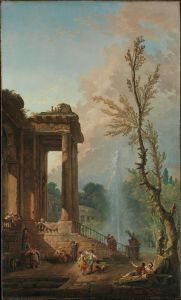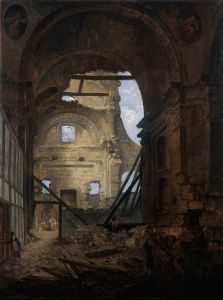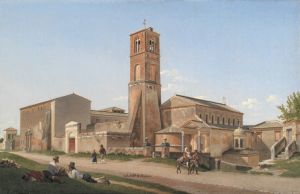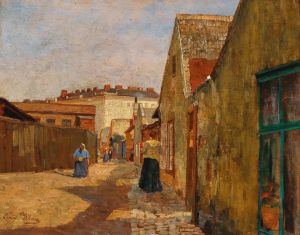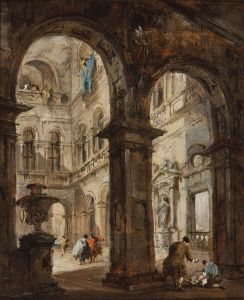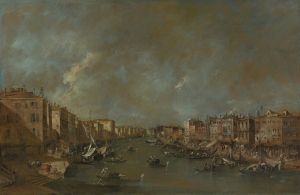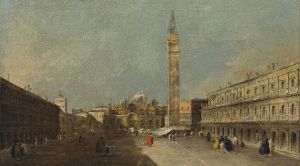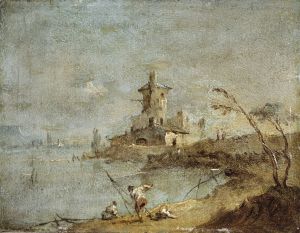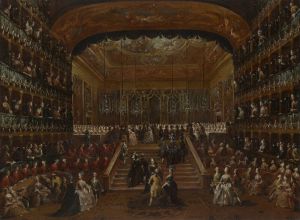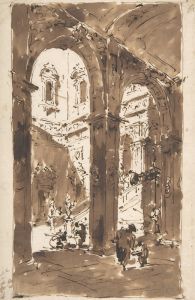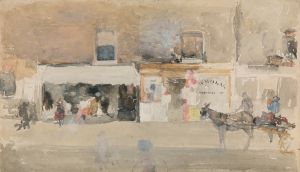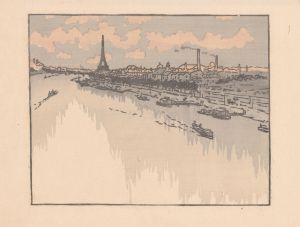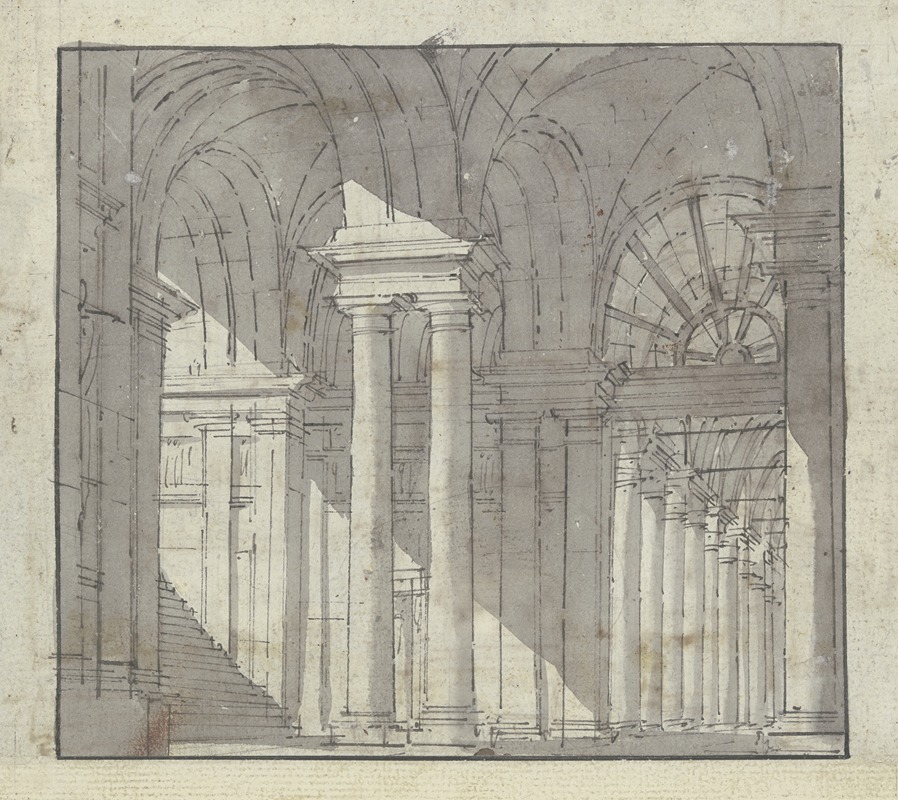
Portico
A hand-painted replica of Francesco Guardi’s masterpiece Portico, meticulously crafted by professional artists to capture the true essence of the original. Each piece is created with museum-quality canvas and rare mineral pigments, carefully painted by experienced artists with delicate brushstrokes and rich, layered colors to perfectly recreate the texture of the original artwork. Unlike machine-printed reproductions, this hand-painted version brings the painting to life, infused with the artist’s emotions and skill in every stroke. Whether for personal collection or home decoration, it instantly elevates the artistic atmosphere of any space.
Francesco Guardi (1712–1793) was an Italian painter from the Venetian school, known for his vedute, or detailed and accurate cityscapes. One of his notable works is "Portico," which exemplifies his skill in capturing the essence of Venetian architecture and urban life.
"Portico" is a painting that showcases a typical Venetian scene, characterized by its detailed depiction of architectural elements and the interplay of light and shadow. Guardi's work often focused on the vibrancy and dynamism of Venice, and "Portico" is no exception. The painting features a covered walkway, or portico, which was a common architectural feature in Venice, providing shelter from the sun and rain while allowing for social interaction and commerce.
The composition of "Portico" is marked by Guardi's use of perspective, drawing the viewer's eye into the depth of the scene. The portico itself is rendered with meticulous attention to the architectural details, such as the columns, arches, and the play of light on the surfaces. This attention to detail is a hallmark of Guardi's style, which often combined precise architectural renderings with a more impressionistic approach to figures and atmospheric effects.
In "Portico," Guardi employs a palette that captures the warm, golden light of Venice, with subtle variations in tone that add to the realism and vibrancy of the scene. The figures in the painting, though not the primary focus, are rendered with a lively and spontaneous quality, contributing to the overall sense of a bustling, lived-in space. These figures, often depicted in mid-conversation or engaged in daily activities, add a narrative element to the painting, inviting viewers to imagine the stories and interactions taking place within the portico.
Francesco Guardi's work, including "Portico," is often compared to that of his contemporary, Canaletto. While both artists are celebrated for their vedute, Guardi's style is generally considered to be more atmospheric and less precise than Canaletto's. This difference is evident in "Portico," where Guardi's brushwork and use of light create a sense of movement and immediacy, capturing the ephemeral quality of the Venetian environment.
"Portico" is a testament to Guardi's ability to blend architectural precision with a more fluid and expressive approach to painting. His work provides valuable insights into the urban landscape of 18th-century Venice, reflecting both the grandeur of its architecture and the vibrancy of its street life. Today, Guardi's paintings, including "Portico," are held in high regard and can be found in major art collections and museums around the world, where they continue to be appreciated for their artistic and historical significance.
In summary, "Portico" by Francesco Guardi is a masterful representation of Venetian architecture and urban life, characterized by its detailed rendering of a covered walkway and the lively interaction of figures within the scene. Guardi's use of perspective, light, and color, combined with his ability to capture the essence of Venice, makes "Portico" a significant work in the canon of 18th-century Italian painting.





